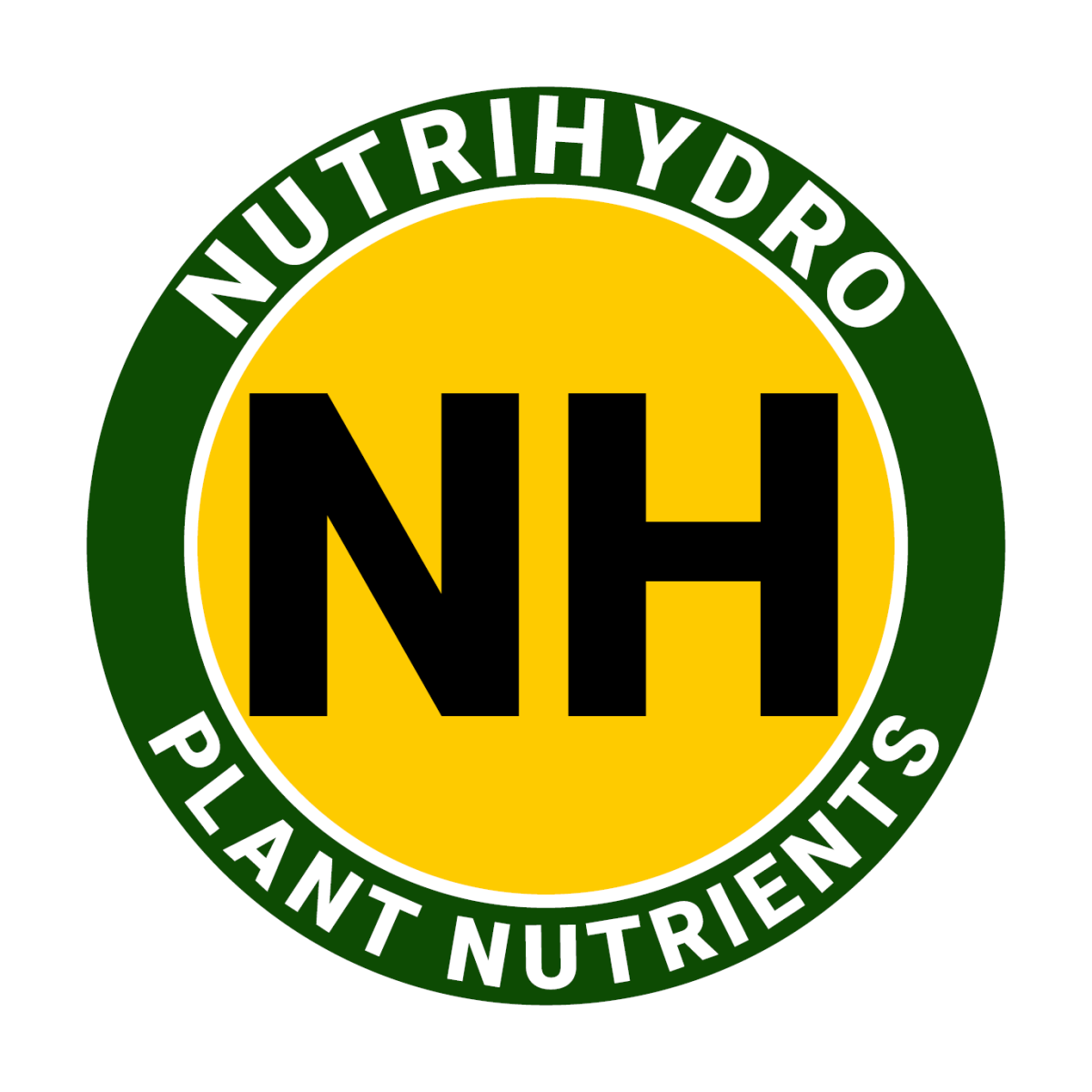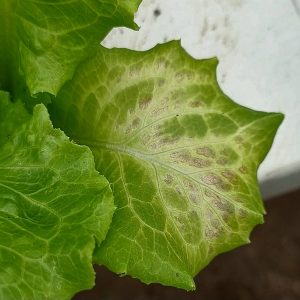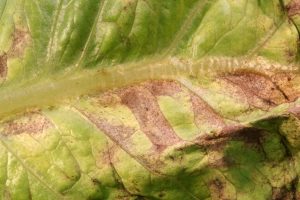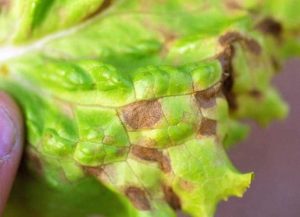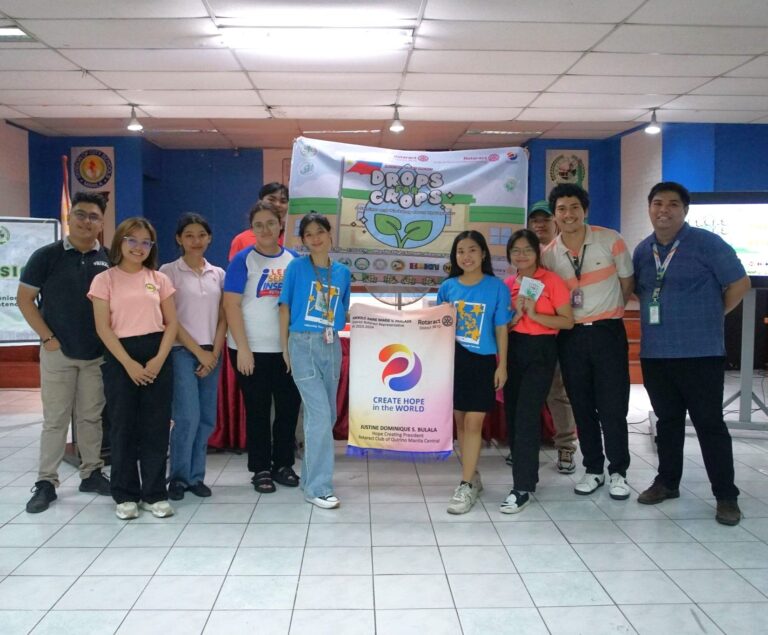As hydroponic gardening enthusiasts, one of our favorite crops to grow is lettuce due to its adaptability and rapid growth in water-based environments. However, just like any plant, lettuce is susceptible to diseases, one of which is Septoria leaf spot. This fungal disease, also known as lettuce leaf spot and blight or Septoria spot, is caused by the pathogen Septoria lactucae and is prevalent worldwide.
You can identify Septoria leaf spot by its characteristic light brown, irregular spots that appear between the leaf veins. These spots can rapidly grow to cover the entire leaf surface. The affected leaves dry out and become papery, often causing the centers of the spots to fall out. Within these areas, you may notice small black dots – these are the fruiting bodies of the fungus, each containing millions of spores.
The disease has a clever survival mechanism. The Septoria fungus can persist on old leaves left behind after harvest, on weeds, and as spores on seeds. Rain splash or wind-driven rain can disperse these spores from plant to plant, spreading the disease.
Septoria leaf spot can significantly impact lettuce crops, particularly during periods of high humidity or high rainfall. The damage primarily occurs in two ways: extensive spots can destroy large areas of the outer leaves and the lettuce “head”, and the presence of leaf spots on the edible leaves reduces their market value.
But fear not, hydroponics enthusiasts! You can employ various cultural control strategies to manage this disease effectively. Even before planting, you should ensure to use commercially packaged seeds from reputable suppliers. Thoroughly inspect all seedlings for any signs of leaf spot symptoms and remove any affected plants before introducing them to your hydroponic setup.
During the growth phase, it’s essential to monitor humidity levels carefully as Septoria thrives in wet conditions. Implement strategies that avoid prolonged periods of leaf wetness. Regularly check and maintain your hydroponic system to prevent over-watering and promote adequate air circulation.
After harvest, clean your hydroponic system thoroughly. Remove all plant debris and disinfect your system before introducing a new batch of plants. Even though crop rotation isn’t typically an issue in hydroponics, if you’re growing different crops, it’s wise to avoid growing lettuce continuously to disrupt the disease cycle.
While no known lettuce varieties are resistant to Septoria leaf spot, some cases might require the use of fungicides. Protectant products like copper-based ones, mancozeb, or chlorothalonil can be used in your hydroponic system. Systemic products, like triazole fungicides, can also be applied if the disease has already established itself.
In summary, while Septoria leaf spot can pose a significant challenge for lettuce growers, with diligent practices and careful management, it can be effectively controlled. Early detection and prompt action are essential in preventing the disease from becoming a major issue in your hydroponic garden.
Happy growing!
Author
Christopher Tuason
Christopher Tuason
NutriHydro is a manufacturer of plant nutrients based in the Philippines. They are known to grow the healthiest, heaviest, and largest lettuce in the country. NutriHydro products are available to purchase from the following e-commerce platforms.
Lazada: bit.ly/3asMYXN
Shopee: bit.ly/3nRJX6Z
Basilyard: bit.ly/346Kklw
NutriHdyro Website: bit.ly/434MoY6

